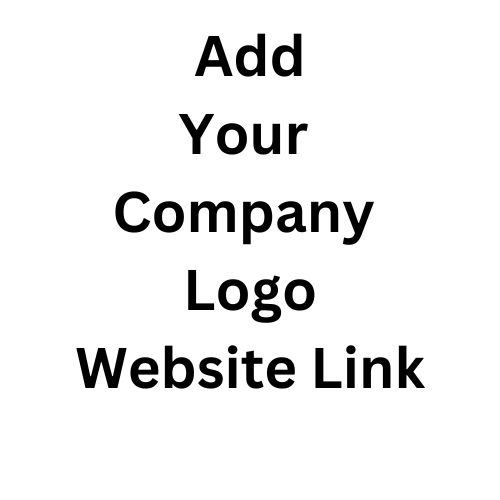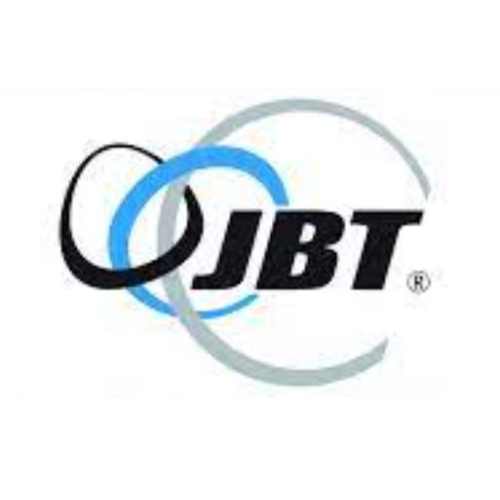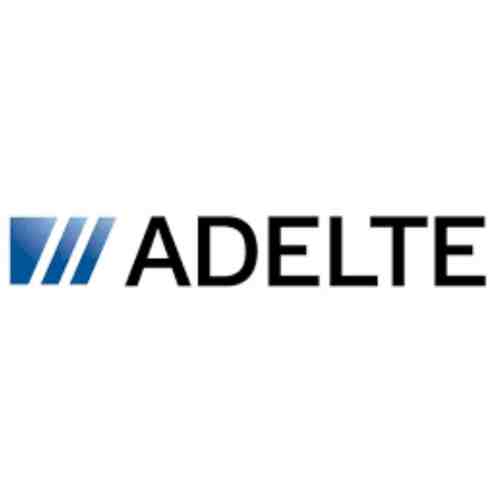Exploring Passenger Boarding Bridges in South Korea in 2024
South Korea’s aviation industry is soaring to new heights, and at the heart of this smooth journey lies a crucial piece of equipment: the passenger boarding bridge (PBB), also known as an airbridge or jetway. These enclosed, extendable walkways connect airport terminals to aircraft, ensuring a safe, comfortable, and efficient boarding process for passengers. But PBBs are more than just passageways; they’re technological marvels that reflect the cutting- edge advancements in South Korea’s engineering and aviation landscape.

South Korea’s PBB Manufacturers
South Korea boasts a thriving ecosystem of PBB manufacturers, like TRA Co., Ltd. and potentially many others, who cater not just to domestic airports but also to the international market. These companies are at the forefront of innovation, crafting PBBs that seamlessly integrate with various aircraft types and boast advanced features like:
- Automated PBBs: Imagine a PBB that maneuvers itself to dock with the aircraft, eliminating the need for manual positioning. This futuristic technology is already being explored by some manufacturers, promising a smoother and more efficient boarding process.
- Triple-Tunnel PBBs: These behemoths are designed to accommodate the massive Airbus A380 and other wide-body aircraft, ensuring a spacious and comfortable boarding experience for even the largest passenger loads.
Aviation Industry Trends in 2024
The year 2024 is shaping up to be a pivotal year for South Korea’s aviation industry. Here are some key trends that will undoubtedly influence the development and deployment of PBBs:
- Focus on Sustainability: Eco-consciousness is a top priority, and PBB manufacturers are developing energy-efficient solutions. This might involve features like LED lighting, improved insulation, and even regenerative braking systems that capture energy during bridge movement.
- Biometric Boarding Integration: The future of air travel is seamless, and biometric boarding systems are paving the way. Imagine a PBB equipped with facial recognition scanners that allow for faster and more secure passenger identification.
Beyond the Bridge: The Future of Air Travel
The evolution of PBBs reflects a broader transformation happening in South Korean air travel. Here’s a glimpse into what the future holds:
- Passenger Process Optimization: Every touchpoint in the passenger journey, from check-in to boarding, is being meticulously examined for optimization. PBBs will play a crucial role in this, potentially incorporating features like self-service boarding pass scanning or baggage drop-off integrated into the bridge itself.
- Enhanced Airport Terminal Design: As PBB technology advances, so too will airport terminal design. We might see terminals specifically designed to accommodate the latest PBB features, like automated docking or multi-level boarding for double-decker aircraft.
Ensuring Smooth Takeoff
Passenger boarding bridges aren’t just about efficiency; they also prioritize accessibility and safety. South Korean manufacturers ensure their PBBs comply with stringent safety regulations and incorporate features like:
- Accessibility ramps: These ramps allow passengers with wheelchairs or limited mobility to board the aircraft comfortably and safely.
- Slip-resistant flooring: PBBs feature specially designed flooring to minimize the risk of slips and falls, especially during inclement weather.
- Emergency exits: Safety exits are strategically placed along the PBB to ensure a quick and safe evacuation in case of emergencies.
A Look Inside South Korean PBB Production
South Korea’s PBB manufacturing process is a marvel of engineering excellence. Here’s a peek behind the scenes:
- High-quality Materials: Only the strongest and most durable materials, like aluminum alloys and advanced composites, are used in PBB construction. This ensures the bridge can withstand the elements and the weight of passengers and cargo.
- Precision Engineering: Every component of a PBB, from the telescopic sections to the docking mechanism, is meticulously engineered for smooth operation and optimal safety.
- Rigorous Testing: Before deployment, PBBs undergo rigorous testing to ensure they meet all safety and performance standards. This includes stress tests, weather simulations, and functionality checks.
Price List
due to the complexity and customization involved in Passenger Boarding Bridges (PBBs), it’s difficult to provide a single, definitive price for one in South Korean Won (KRW). Here’s why:
- Customization: PBBs are designed to fit specific needs. Factors like size (accommodating different aircraft types), features (automated docking, triple-tunnel design), and even materials can significantly impact the cost.
- Manufacturer: Different manufacturers have their own pricing structures based on factors like brand reputation, technology employed, and production capacity.
However, to give you a general idea, here’s a range:
- Estimated Range: Expect Passenger Boarding Bridges in South Korea to range from around 1.5 billion KRW (approx. $1.2 million USD) to well over 5 billion KRW (approx. $4 million USD).
Here are some resources that might help you get a more accurate quote:
- Contacting South Korean PBB Manufacturers: Reach out directly to companies like TRA Co., Ltd. or other manufacturers you find through research. They can provide quotes based on your specific needs.
- Aviation Industry Publications: Look for industry publications or reports that might discuss PBB pricing trends in South Korea.
Conclusion: A Gateway to Innovation
Passenger boarding bridges in South Korea are more than just passageways; they’re testaments to the country’s commitment to innovation, efficiency, and passenger comfort. As the aviation industry continues to evolve, PBB technology will undoubtedly play a pivotal role in shaping the future of air travel in South Korea and beyond. So, the next time you step onto a PBB at a South Korean airport, take a moment to appreciate the engineering marvel that facilitates your smooth journey to the skies.
Get a Quote from Top 6 Global Leader PBB Manufacturers
FAQs
Are Korean PBBs technologically advanced?
Absolutely! South Korean manufacturers are leaders in PBB innovation, with features like automated docking systems, triple-tunnel bridges for wide-body aircraft, and even integrations for biometric boarding.
How do PBBs prioritize passenger experience in Korea?
Passenger comfort and safety are paramount. Accessibility ramps, slip-resistant flooring, and strategically placed emergency exits are standard. Plus, rigorous testing ensures a smooth and secure boarding process.
What are some major PBB manufacturers in South Korea?
While TRA Co., Ltd. is a prominent name, South Korea boasts a thriving PBB manufacturing ecosystem. These companies cater to both domestic and international markets, ensuring cutting-edge technology reaches airports worldwide.






